Analytical Solutions l Multiple modalities. Simplified workflows.
Powering today’s pipelines. Ready for tomorrow’s therapies.
As modalities evolve, your analytical strategy must keep up. Our flexible, scalable solutions grow with your pipeline—from discovery to delivery.
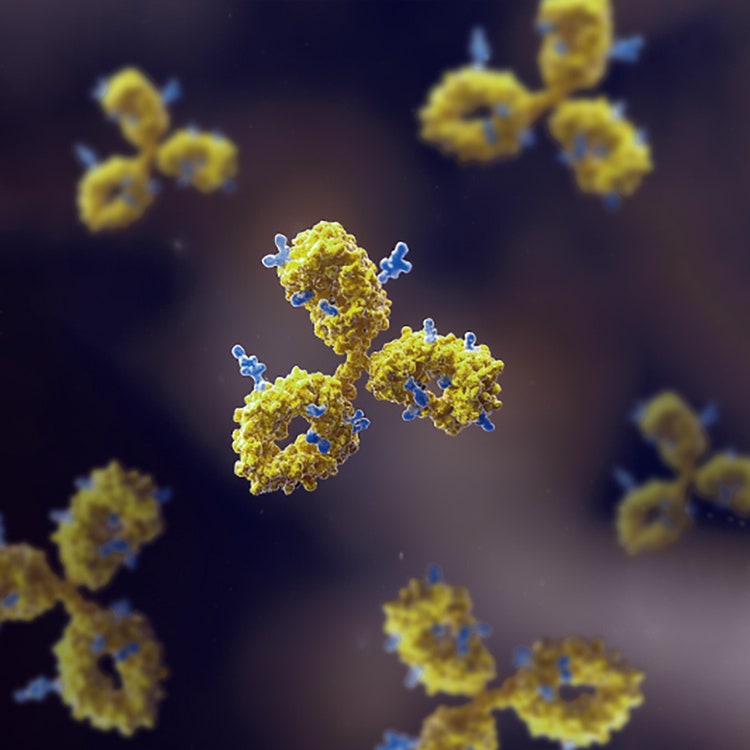
Why It Matters
Enabling Confident Decisions at Every Stage of the Therapeutic Lifecycle
From early-stage R&D and drug target validation to analytical method development and CMC scale-up, analytical laboratories are essential in ensuring the success and safety of therapeutics. These labs focus on key questions related to identity, purity, potency, stability and safety, to analyze product and critical quality attributes.
The Life Sciences companies of Danaher support these efforts with integrated solutions spanning LC-MS, capillary electrophoresis, chromatography, flow cytometry, imaging and digital data management. Our offerings enable scientists to access the appropriate tools for deriving insights from fully traceable and well-structured data.
As regulatory requirements tighten and pipeline diversity increases, the need for integrated, adaptable analytical workflows is more critical than ever. Our goal is to help labs speed up processes, reduce risks and uphold scientific rigor from development through scale-up.
Modalities

Cell Therapy
Regulatory requirements mandate that Cell Therapy developers document identity, purity, dose, safety and potency before clinical release. Explore solutions that verify your batch quality, consistency and readiness for release.
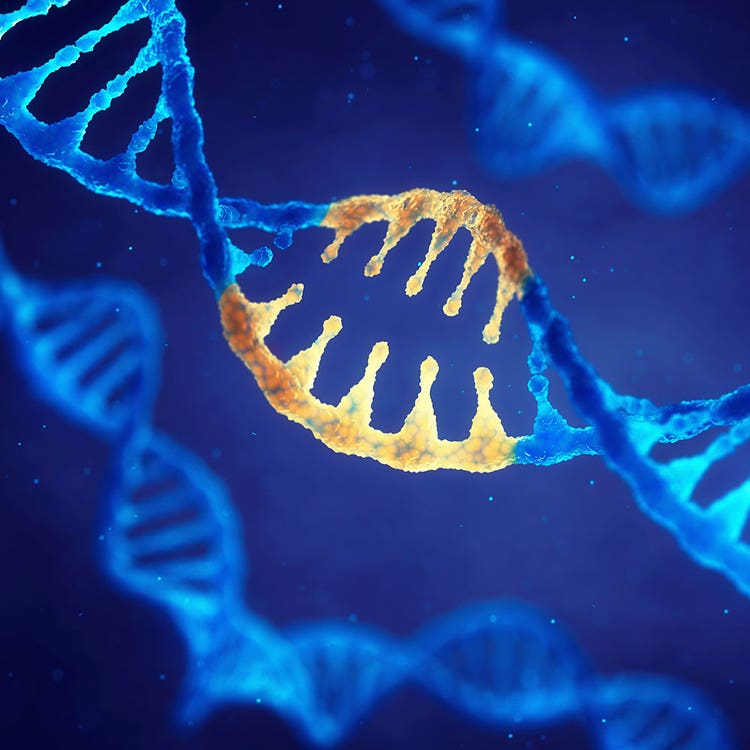
Gene Therapy
Comprehensive characterization data on off-target effects, enzyme activity, vector design and raw materials are crucial to guarantee safety and compliance. We offer solutions to verify that your gene therapies meet performance standards and regulatory guidelines.
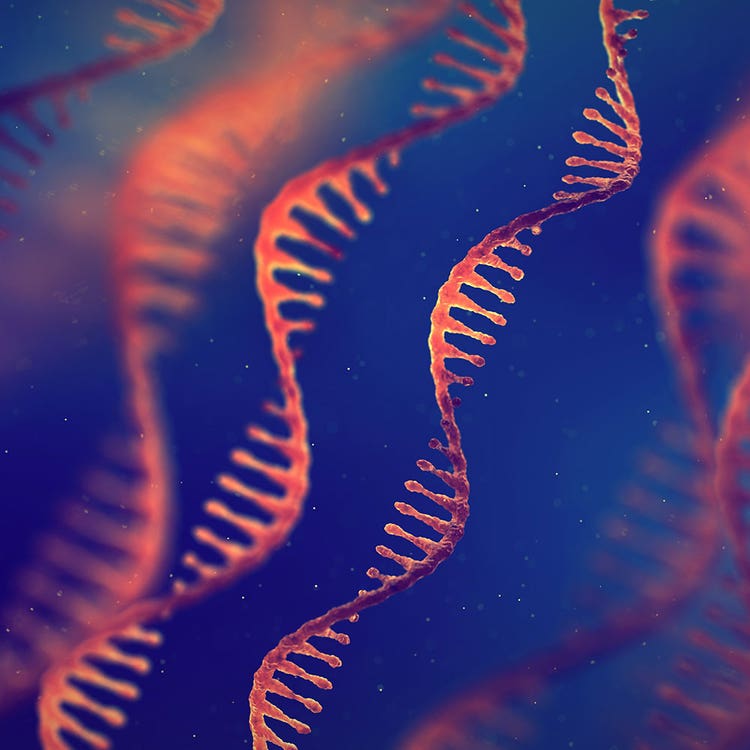
mRNA
In vitro processes can face challenges with RNA length variation, stability, impurities and safety. Maintaining RNA integrity is crucial for stability and therapeutic effectiveness. Learn how we can support your RNA analytical characterization needs.
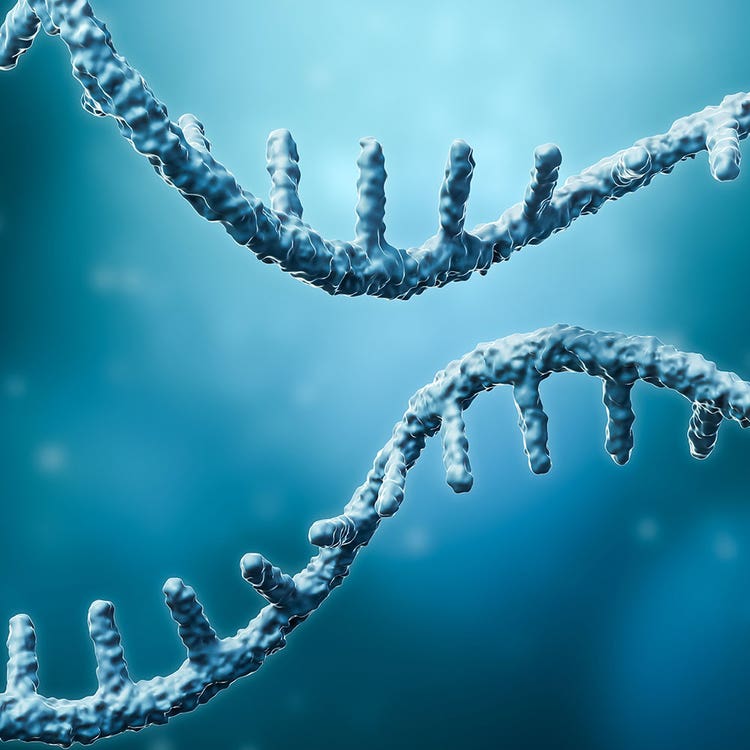
Antisense Oligonucleotide
Unlock the potential of antisense oligonucleotide therapies with seamless analytical consistency and top-tier reagent quality control. Keep your analytical lab at the forefront by ensuring scalable data collection and analysis for operational excellence.
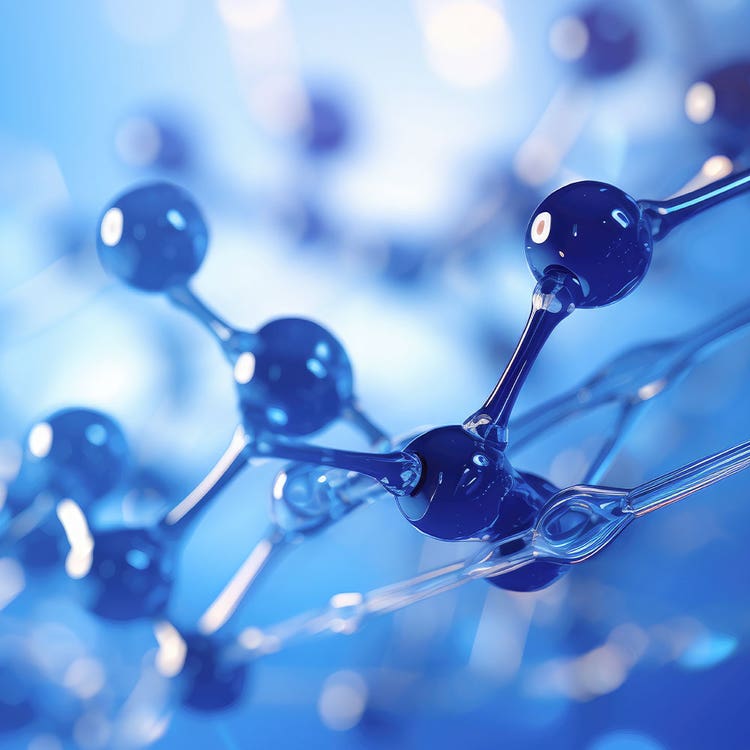
Small Molecules
High-throughput screening of small molecule drug candidates demands robust and sensitive analysis to ensure optimal results. Our automated platforms and enterprise software efficiently streamline the entire process from hit selection to lead validation.
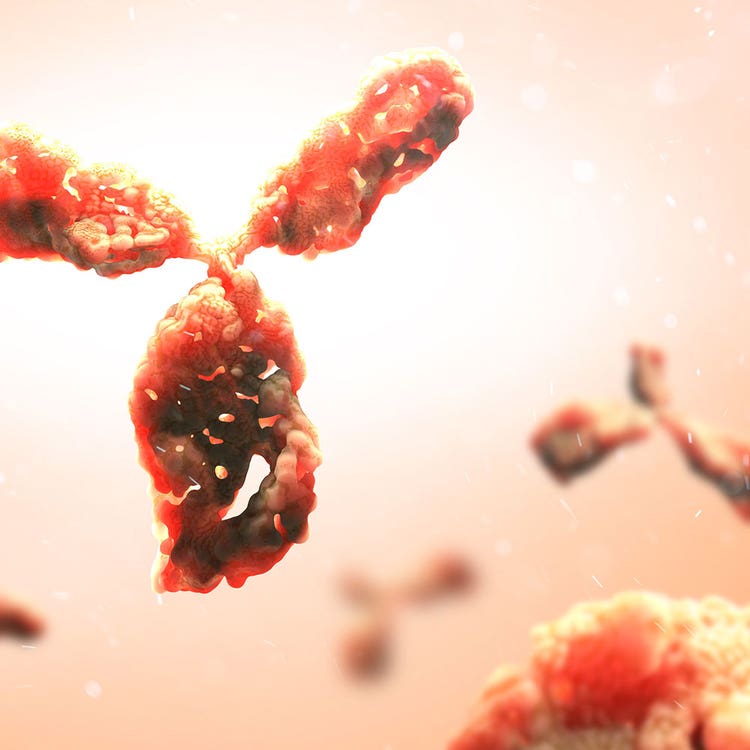
Monoclonal Antibodies
Multiple labs facilitate monoclonal antibody characterization, each with unique assay needs. We provide solutions at every stage, from sequence verification in genomics labs to testing product and critical quality attributes in analytical labs.

Enabling Faster, Data-Driven Drug Development
Analytical development demands a high level of adaptability, resourcefulness and access to the latest technologies to ensure precision, efficiency and scalability across various therapeutic programs. Method development also presents significant challenges, especially when designing, validating and optimizing methods for new modalities or regulatory standards.
The Life Sciences companies of Danaher can help you select the right analytical tools, along with automation, software analysis and data management solutions, to help ease these challenges. Our goal is to help you speed up the introduction of new treatments to the market. Ultimately, this enables you to focus on what matters most: delivering high-quality data and supporting the successful development of life-saving treatments.

Lack of scalable and reproducible workflows?

Inefficient and fragmented characterization of complex modalities?

Is poor data management leading to siloed systems, inconsistent results and limited insight across early-stage and preclinical studies?
FAQs
What analytical methods are required for cell therapy product characterization?
Product characterization occurs throughout the development and manufacturing of cell therapies. Analytical methods are chosen based on the specific parameters or attributes to be tested. Some common analytical methods include:
- Flow cytometry is used to evaluate cell viability, identity, purity or potency. Beckman Coulter Life Sciences' flow cytometry systems streamline workflows to ensure accurate and consistent results.
- Gene expression analysis methods like NGS, PCR, qPCR and dPCR, assess plasmid integrity, vector copy number, gene expression levels and detect excipients or contaminants.
- Immunoassays are useful for analyzing secreted proteins and peptides to ensure safety. Abcam’s immunoassay kits ensure precision, reliability and efficiency for various research needs.
- Imaging techniques provide qualitative and quantitative data on identity, cytotoxicity, viability, protein expression and localization, as well as batch release testing. The Life Sciences companies of Danaher provide imaging technologies that range from automated digital microscopy to high-throughput confocal cell imaging system.
How is small molecule impurity testing performed?
Small molecule impurity testing is conducted using techniques like high-performance liquid chromatography (HPLC), gas chromatography (GC) or mass spectrometry (MS) to separate, identify and measure impurities. These methods help find the source and timing of impurity introduction.
What assays are critical for mRNA vaccine quality control?
Regulatory agencies require manufacturers to test and document mRNA vaccine quality routinely. Since guidelines are regularly updated, checking the latest requirements with the appropriate regulatory body is essential. However, some key assays for assessing mRNA vaccine quality include:
- Enzymatic tests to verify mRNA integrity and structure, such as checking for a 5’ cap or a 3’ PolyA tail
- In vitro methods, such as gel or capillary electrophoresis, are used to identify full-length mRNAs and assess their integrity
- Cell-based functional assays to evaluate uptake and translation efficiency and bioactivity tests to confirm immune response
- Molecular techniques such as Western Blot to detect translated proteins, while sequencing and qPCR help determine identity and concentration
- UV spectrophotometry or HPLC can be used to measure purity, identify contaminants or quantify RNA
- Safety assays are extremely important to characterize endotoxins' presence and minimize bioburden and sterility risks
How do you validate analytical methods for antisense oligonucleotides?
Validating analytical methods for antisense oligonucleotides, or other therapeutic modalities, requires several key considerations. These include whether your analytical technology, assay or assessment method provides the required levels of specificity, accuracy, precision, linearity, range and robustness. Regulatory guidelines, such as those from the FDA or EMA, provide a framework for the validation process, ensuring that the methods can consistently produce valid results for quality control and compliance purposes.
Which tests are essential for monoclonal antibody characterization?
Monoclonal antibodies are broadening their use to include bi- and tri-specific antibodies, fragments (such as Fab, Fc, scFv) and antibody-drug conjugates (ADCs). Each of these formats requires adjustments to the analytical testing requirements. However, some fundamental testing requirements remain consistent:
- Product characteristics – sequence, size, charge, post-translational modifications (PTMs), glycosylation, aggregation, binding and structure
- Immunogenicity
- Purity - host cell proteins or DNA
- Safety - mycoplasma, endotoxin and excipients
- Efficacy
- Stability
How is potency tested for gene therapy products?
Potency testing for gene therapy products assesses the biological activity and effectiveness of the therapeutic gene or product. This involves a series of assays designed to measure the expression levels of the gene of interest, the functionality of the resulting protein (mechanism of action) and the overall therapeutic effects, which can be evaluated through in vitro (cell-based) and in vivo (animal) studies. The chosen potency assay must be accurate, specific, quantitative and robust. Potency must be documented for every batch that is released.